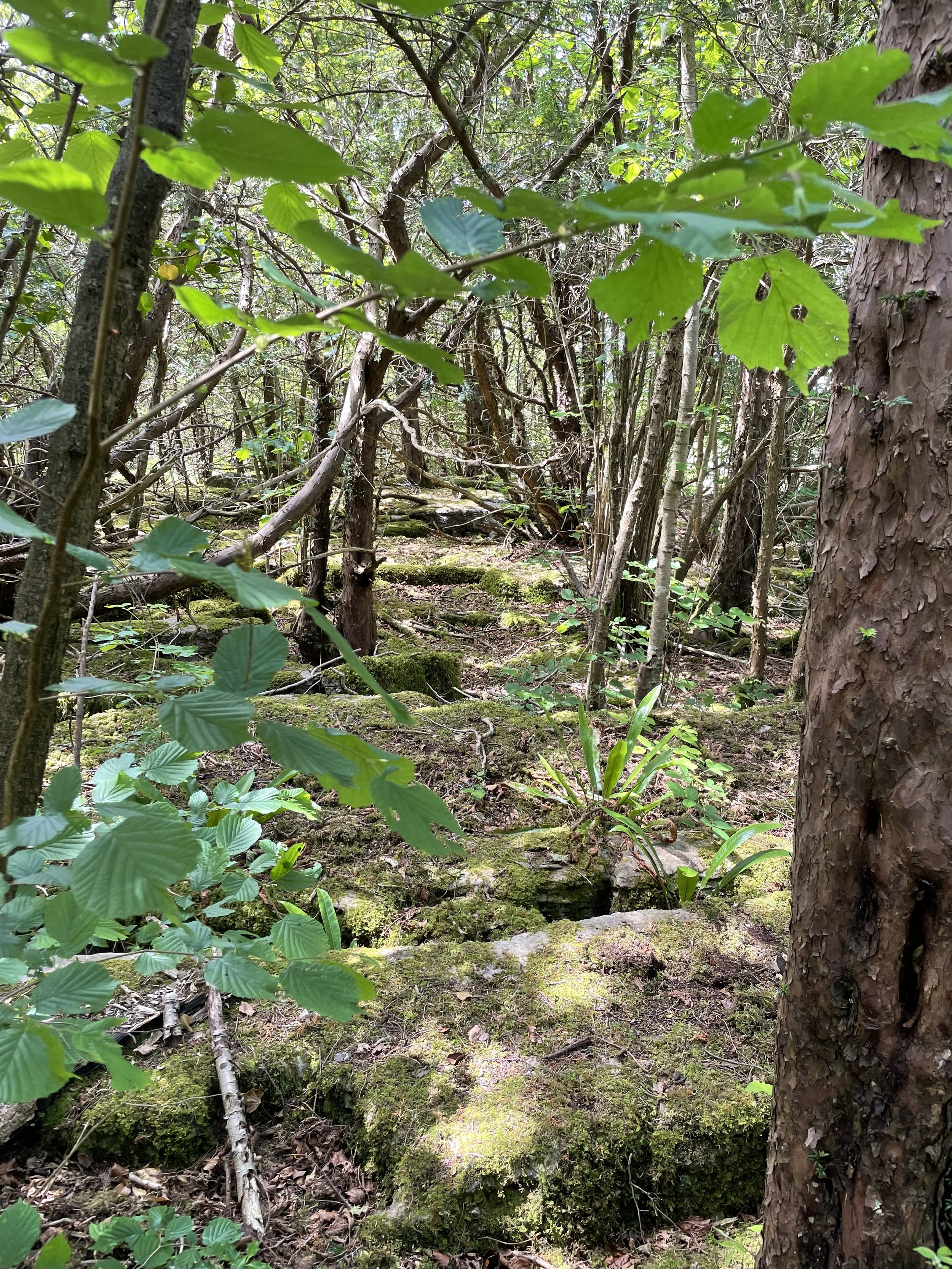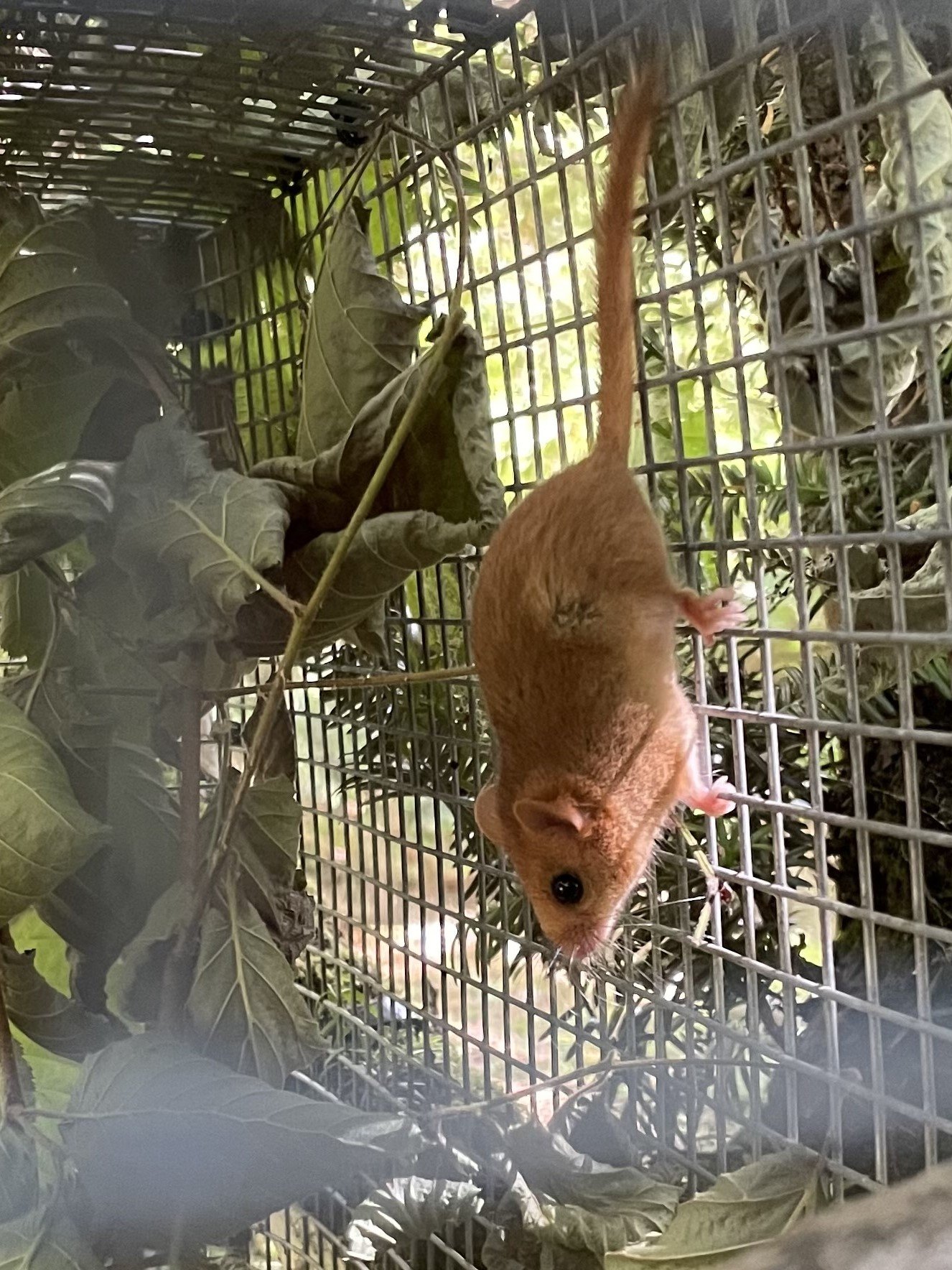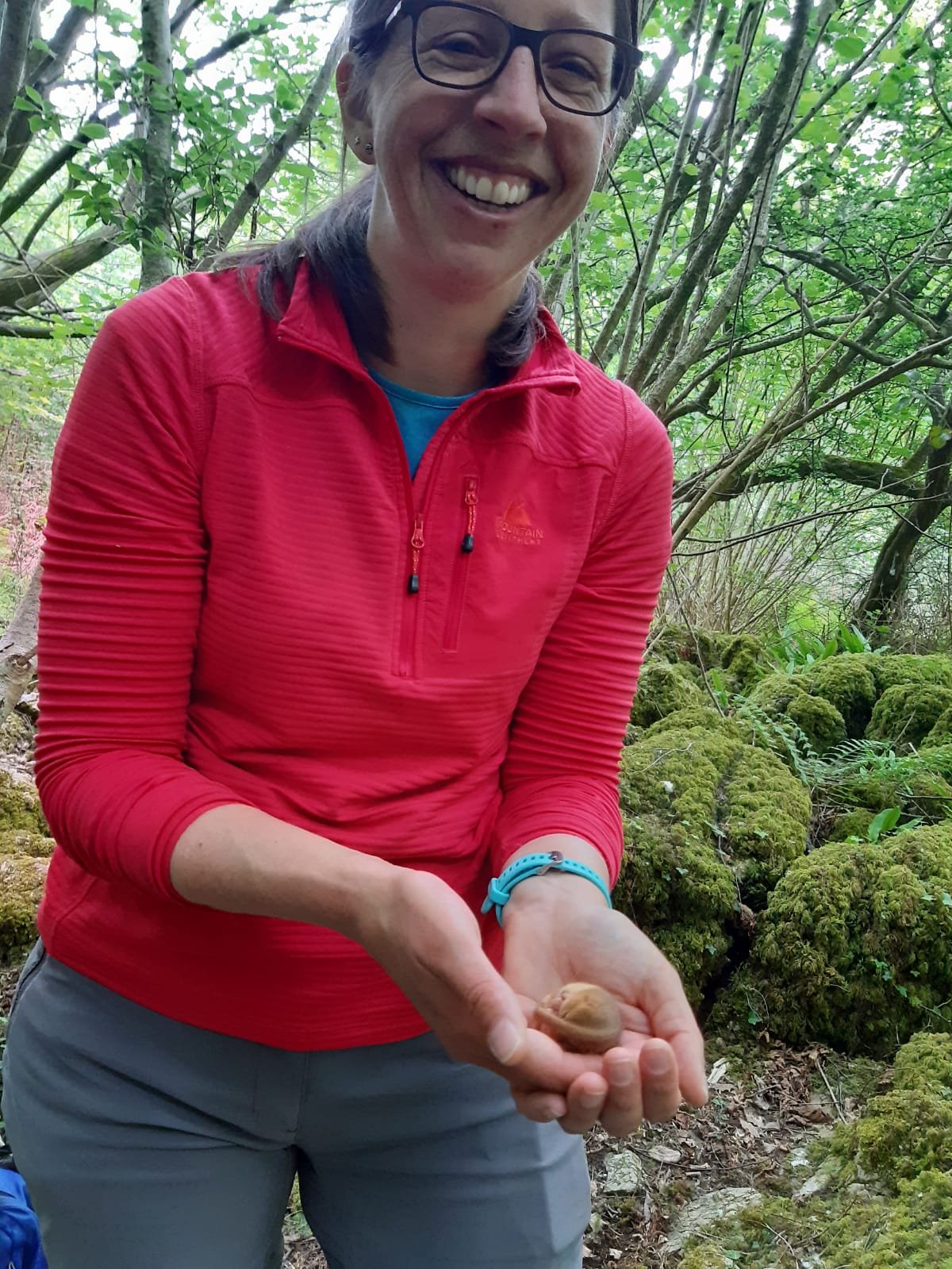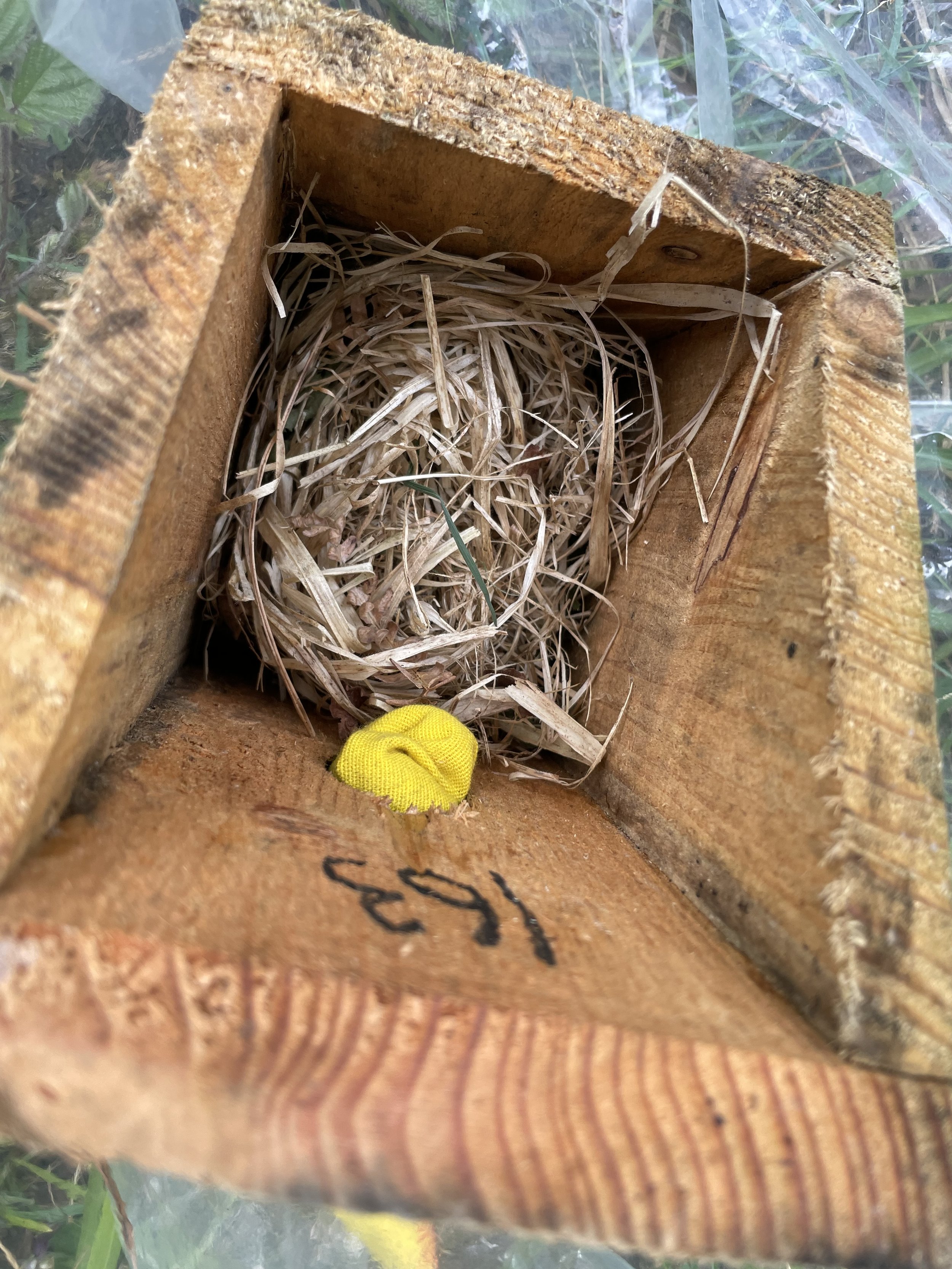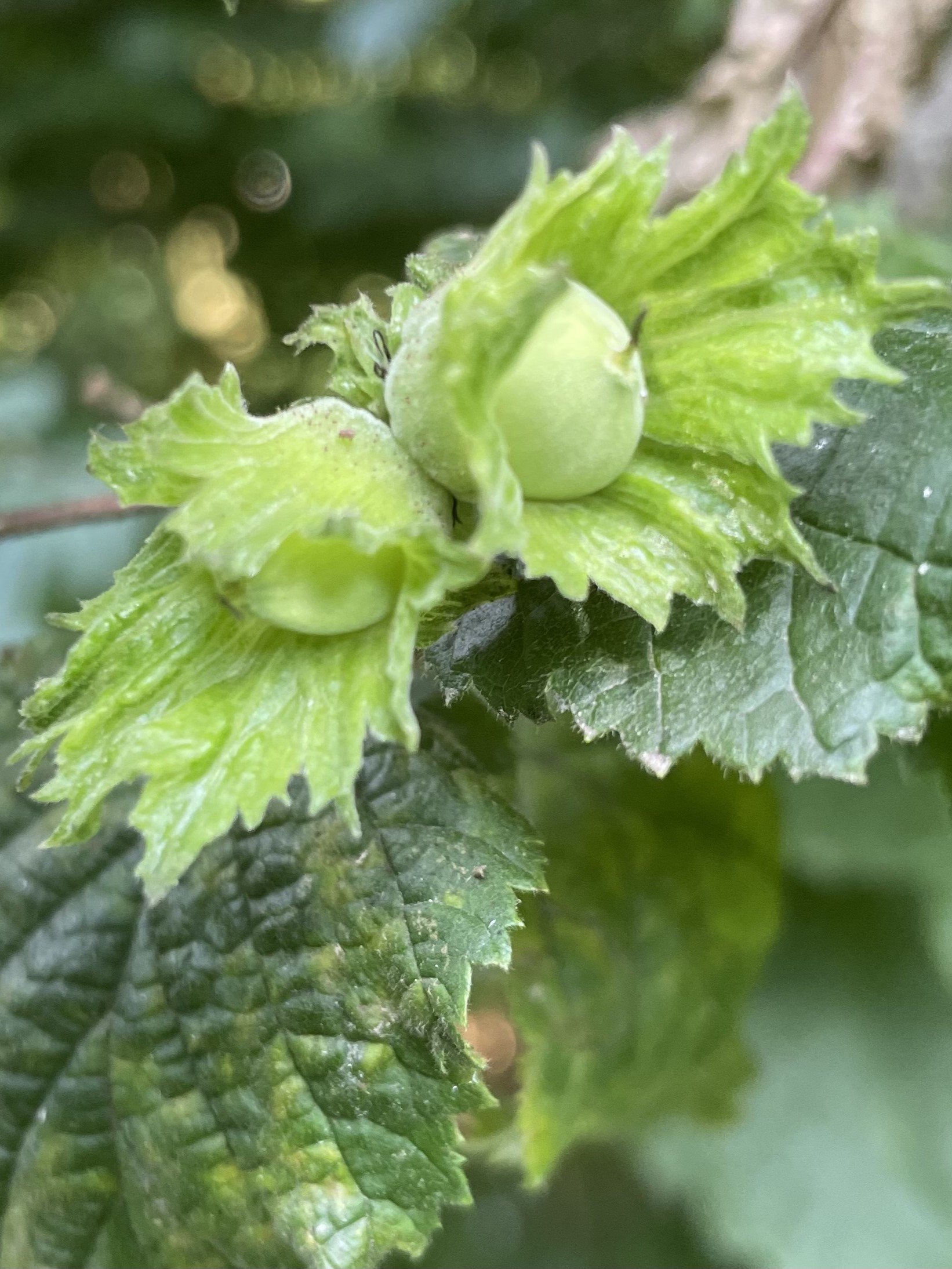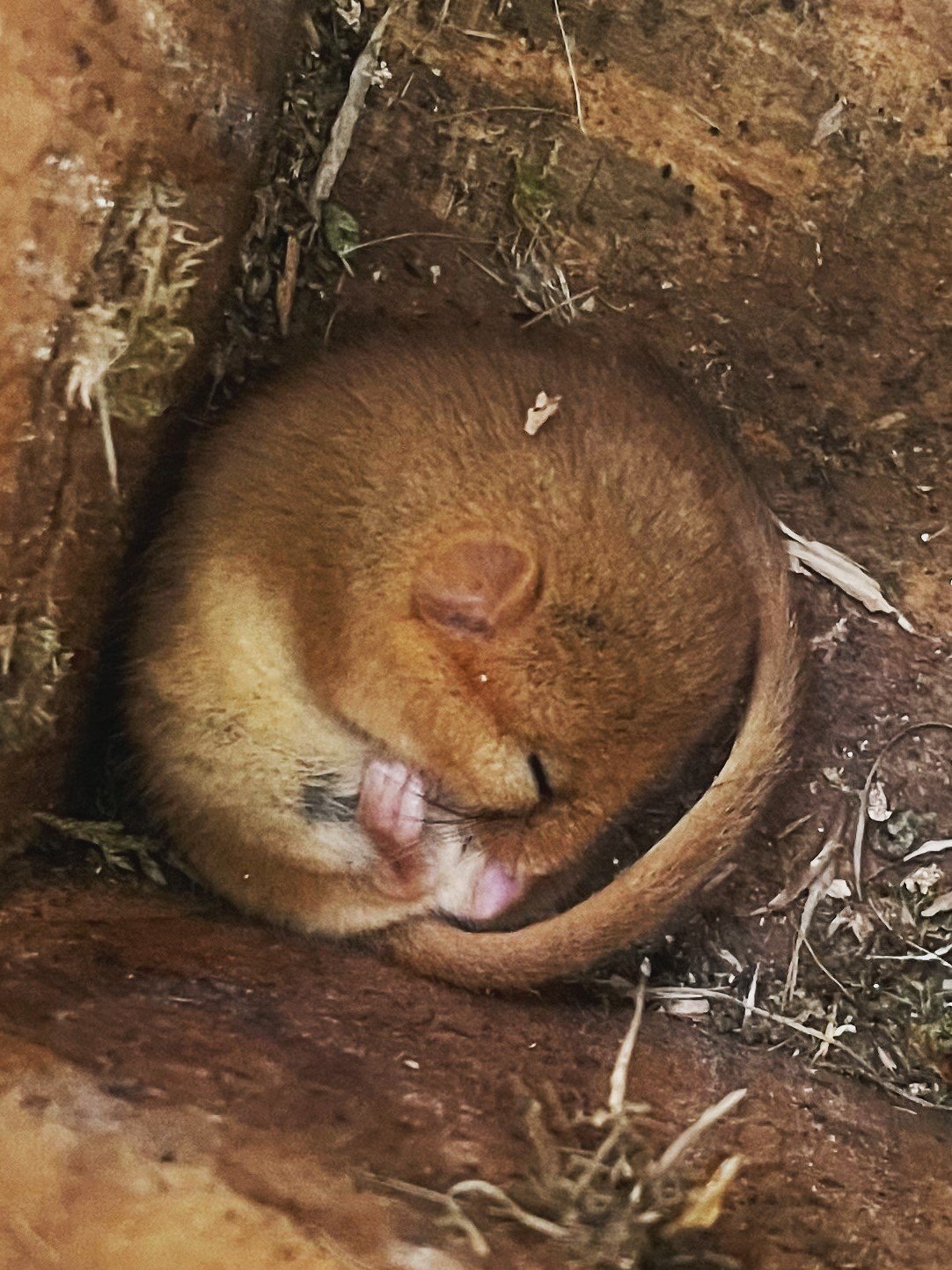A tale of the Hazel Dormouse
The Hazel Dormouse is one of two dormice species that live in the UK (our only native species). It is a hugely secretive creature, being nocturnal and arboreal (living in the trees) it is quite hard to find in the wild. It is also an endangered species, meaning there are very few populations left.
The UK population of hazel dormice has declined dramatically over the last century largely due to the loss of old woodlands and hedgerows or lack of management of those left. Most populations are confined to the south of England with a few hanging on in the north.
Over the last year I have been lucky enough to be involved with a reintroduction project in the Arnside & Silverdale AONB coordinated by the Cumbria University BOOM project. The project has trained up a core group of volunteers to help release and monitor the reintroduced dormice.
Two populations have now been released into two suitable sites. Prior to release, a number of nest boxes are put out on the trees around the release site which hopefully the dormice will use as their new homes. Dormice usually make nests up in the trees or nestled at the base of the tree to stay safe and warm when they are breeding or in torpor. The artificial boxes are an attractive starter home as the dormice discover the big wide world.
When the dormice are released they spend their first few weeks in a large cage and are fed and monitored daily. After this time the doors to the cages are left open and the dormice are free to explore at their will. Later the cages are removed and the dormice are on their own.
New populations are usually introduced in pairs so that they can get busy creating the next generation of dormice ASAP. So far our populations seem to be doing well with good numbers being found on follow up surveys. The surveys take two forms - nest box checks and footprint tunnel checks (these are done by trained volunteers and it is important to note, that as these are a protected species, it is illegal to handle or disturb them without a licence).
As their name suggests, hazel dormice like to live in woodlands with plenty of hazel trees and will largely rely on the energy from hazelnuts, and other seeds and fruits, to keep them alive as they hibernate over winter. This makes the woodlands around Morecambe Bay ideal homes for dormice if they are managed well. Coppiced woodland with plenty of new growth and densely packed stems makes the perfect dormice environment. As they rarely come down to the ground, they need plenty of branches in close proximity to be able to move around and spread throughout the area. It is hoped that as these new populations survive and grow, that they will be linked through more well managed woodlands and hedgerows which will help to create a larger more resilient population in the area.
Species reintroduction is a delicately managed process and there is much debate and research carried out before any reintroduction programmes are approved. The team of volunteers and supporting conservation organisations will continue to monitor and assess the success of this programme over the coming years. I’m very excited and privileged to be part of the process.
And finally to the ‘tail’ of the hazel dormouse…. distinct from any other small mammal, dormice have a furry tail which is very delicate, one of the first lessons you learn when being taught how to handle dormice - do not grab hold of the tail!
The tale of the dormouse will be continued…..
Join me on a NaturesGems tour to learn more about dormice and the other fabulous wildlife of Morecambe Bay.
